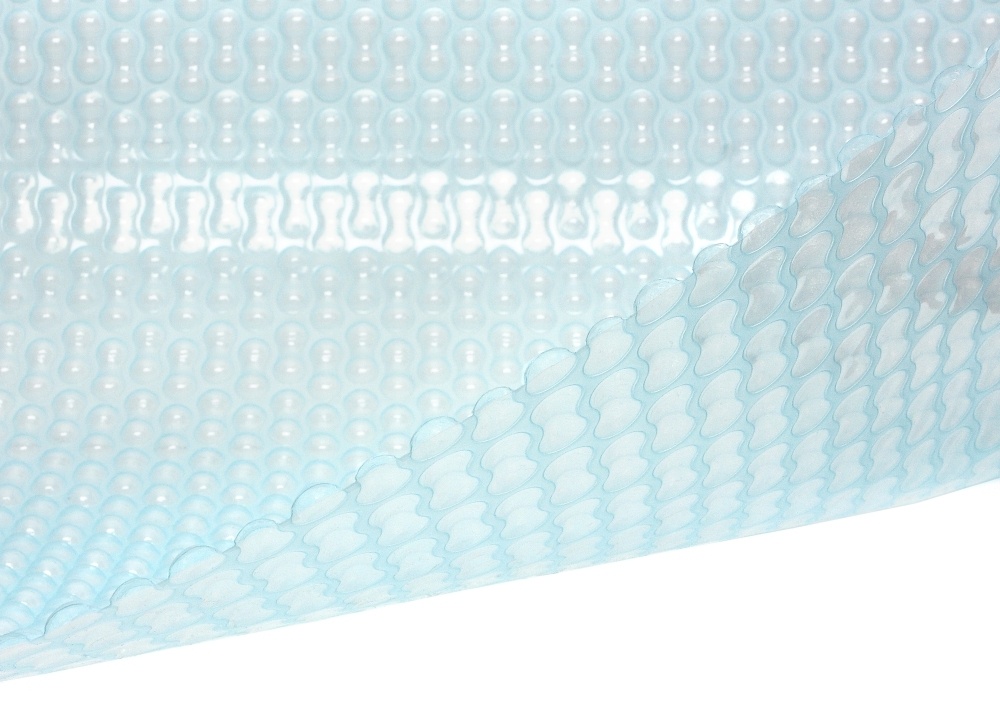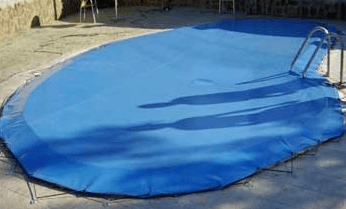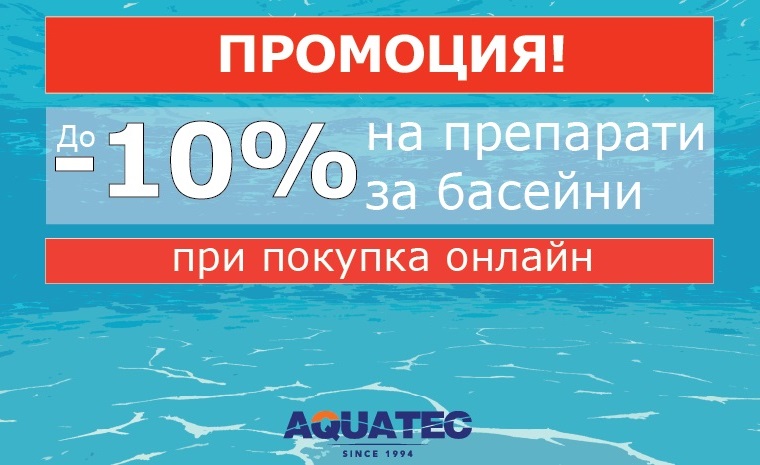To keep the pool in excellent condition, a quality filtration system and proper chemical treatment is necessary. In addition, it is advisable to protect the water from external contaminants such as leaves, dust, small particles, insects, etc. Covers are used for such protection. They are divided into several types according to their construction and seasonality of use.
What represented by the covers For pool?
In general terms pool covers are a layer stretched over the surface of the water to protect it from the ingress of external particles into the water, as well as from the influence of water temperature conditions. The covers are made of flowable matting and are stretched completely over the water surface without leaving any gaps. Depending on their seasonality and type, they also have other characteristics, which we will discuss later.
How pool covers are useful
- Protect against mechanical contamination - the main function of the pool cover is to protect it from all kinds of large and small contaminants. These are most often leaves, branches, insects and dust. This way you will less often need mechanical cleaning of the pool. Winter covers also protect the pool liner from harsh weather conditions. As they are installed over a longer period, they need to be anchored.
- Reduces water evaporation and detergent consumption - if your pool does not have a cover, it is normal for some of the water to evaporate during the summer months. Along with it evaporates disinfectants and other pool cleaners. This increases its maintenance costs. It is advisable to use at least a lightweight solar pool cover during the summer months, which not only helps maintain the water temperature but also prevents evaporation.
- Helps warm the water - because the summer pool covers are placed on the water surface itself, they stop evaporation and create a kind of greenhouse effect that increases the water temperature. Black-coloured covers are best for this as they trap more heat from the sun's rays. Investing in a cover reduces pool heating costs and can raise the water temperature by up to 8-10 degrees.
- Makes the pool safer - if a pool is unguarded, this poses risks when children and pets play around it. This is where the protective role of covers comes in. There are models for everyday use during the active season that have a high level of security. It is such models that should be selected - for example, covers COVERSEAL. In winter it is mandatory to keep the pool full to a certain level with water. Here is the role of the winter covers - since they are made of extremely strong fabric - PVC and fiberglass reinforcement, one can safely walk on them. This means that if the winter cover is properly secured, there is no risk of someone falling into the icy waters of the pool.
Types covers For pool according to seasons
Summer covers for swimming pools
Summer pool covers are made of lightweight fabric /two-layer polyethylene/ with air bubbles formed between the two layers. These covers are very light, thanks to which they float on the water surface. This creates an ideal barrier between the atmosphere and the pool water. They preserve temperature, cleanliness and prevent evaporation of disinfectants (chlorine, bromine, active oxygen). Summer covers should be placed with the air cells down. Their purpose is to trap heat from the sun's rays and transfer it to the water. Moreover, the covers create a greenhouse effect by which the temperature is further increased. This saves on electricity costs and helps to 40% less amount of maintenance required.


Winter covers for swimming pools
Winter pool covers WINTER are made of strong, fiberglass reinforced PVC fabric. UV resistant. They are placed at the end of the summer season. Attached by means of elastic straps and anchors. It is recommended to use floats to form a slope on the canopy to allow water collected from rainfall to drain away. Otherwise, it is possible that the flood may be damaged. Winter covers are well tensioned and make the space around the pool safe as their density allows a person to walk on them safely.
Combination covers for swimming pools
Combination covers - they are convenient to use both in summer as an everyday cover, protecting against dirt and evaporation and preserving heat, and as a preserving winter cover during the inactive seasons. These are, for example, the covers COVERSEAL.
Other ppopular options For covers and Their Advantages
- Another option for summer floating covers are FOAM type covers. Their thickness is about 5 millimeters and they have a three-layer structure. They are made of polyethylene foam and are extremely durable. They can be equipped with easy winding mechanisms. Daily use of these covers saves up to 60% of water heating energy.
- Roller blinds are one of the best offers due to their aesthetic appearance and good technical characteristics. They are fully automated and have a high thermal insulation capacity. And in the case of the version with solar slats, they can also warm the pool water. On a sunny summer day, the solar covers deliver 800 W/m2. Apart from anything else, roller covers provide high safety, as the slats are strong, hollow (i.e. floating) and this allows them to be walked on. Pool owners can have complete peace of mind about children playing around if the cover is installed properly.
- A very good solution for protecting swimming pools from the influence of the environment is the "greenhouse" cover. With this type of equipment the pool can be used all year round. They consist of a lightweight polycarbonate and plexiglass construction that is UV resistant. Heat loss is greatly reduced. They also have the advantage that security is guaranteed as they can be locked.












